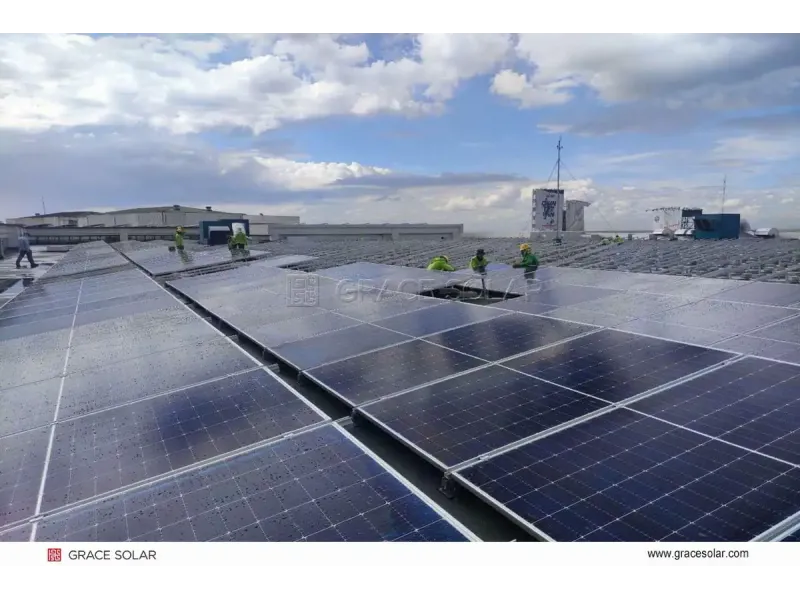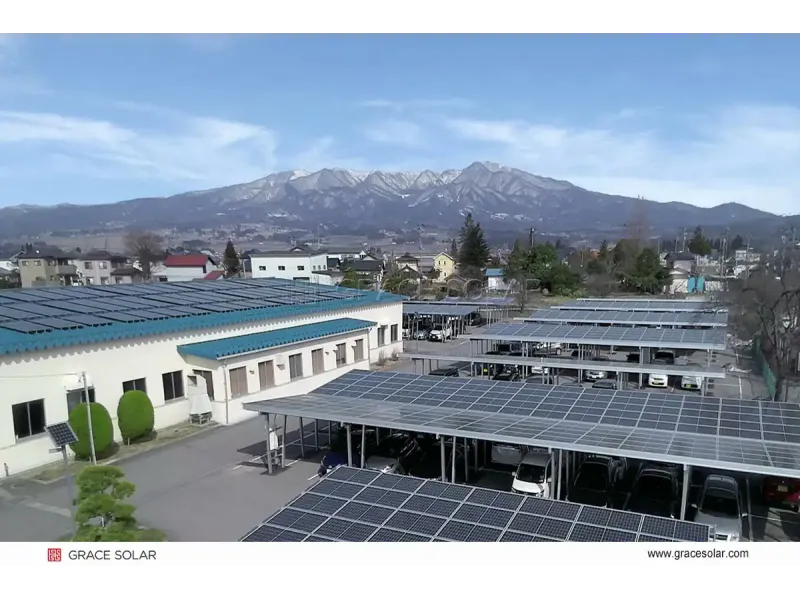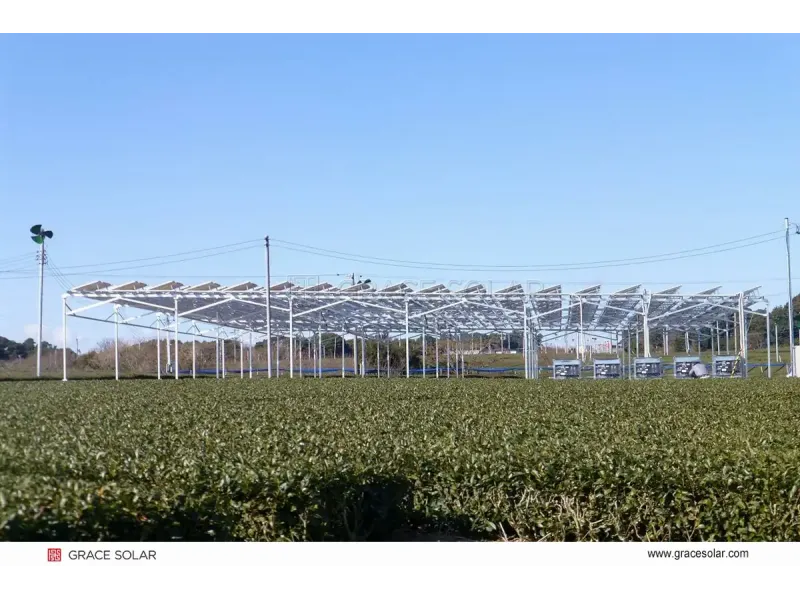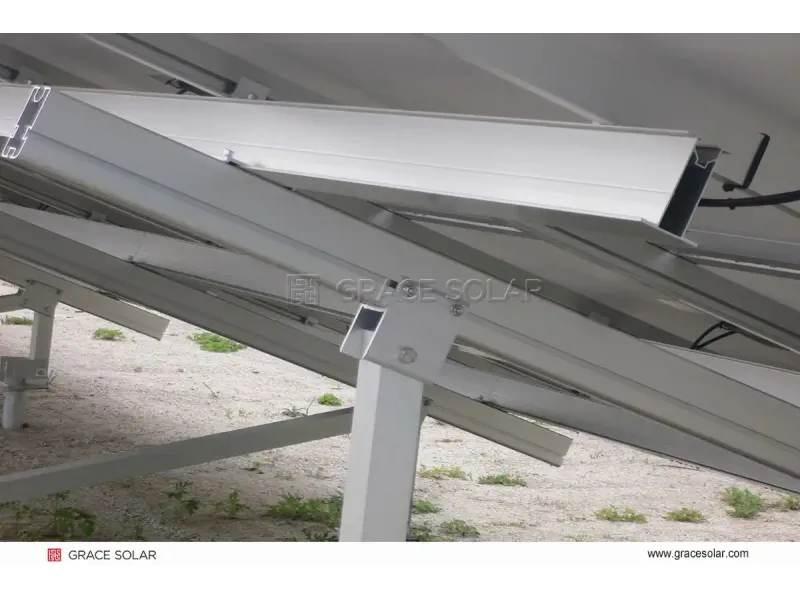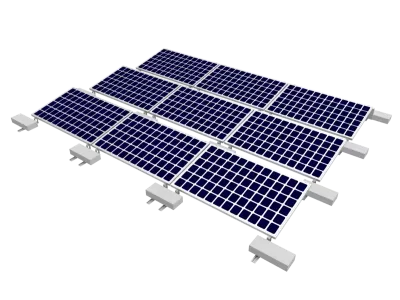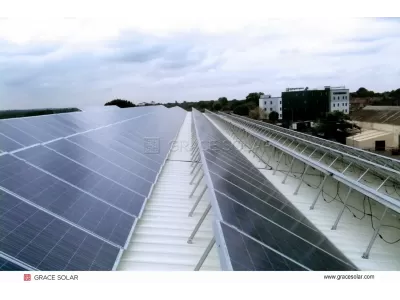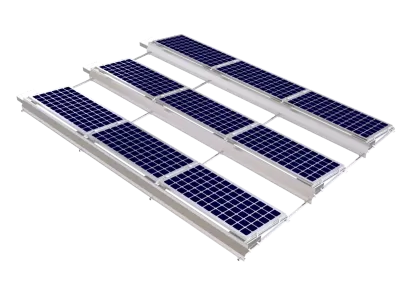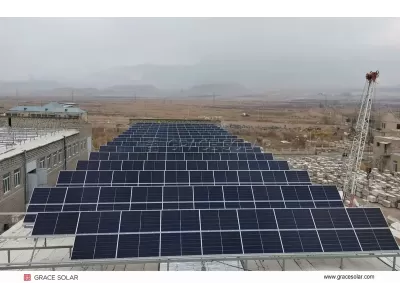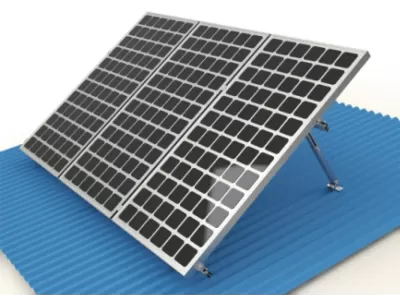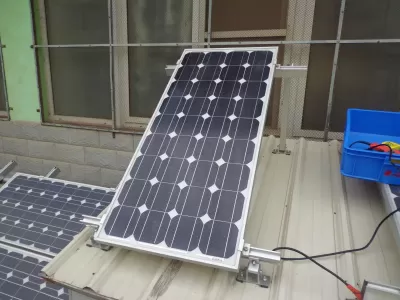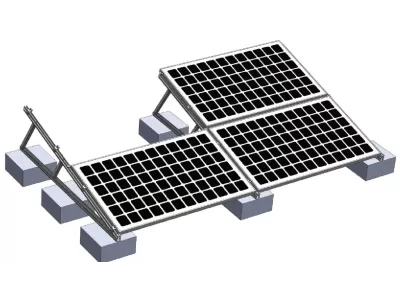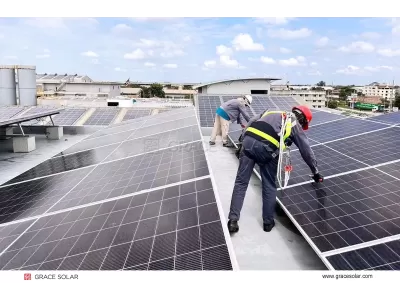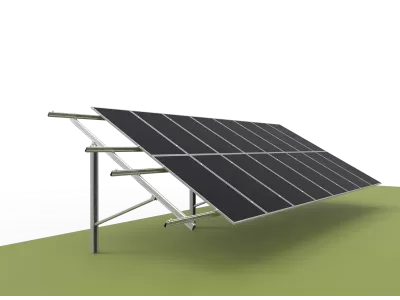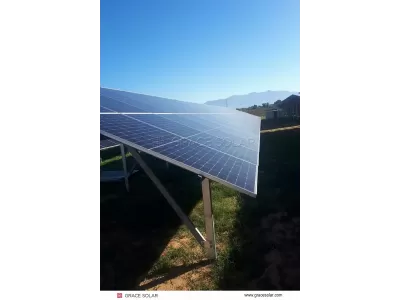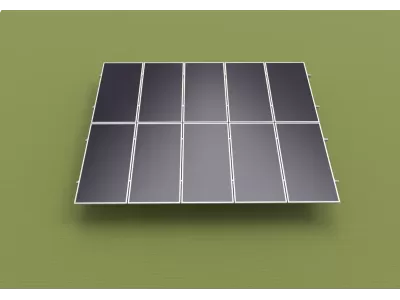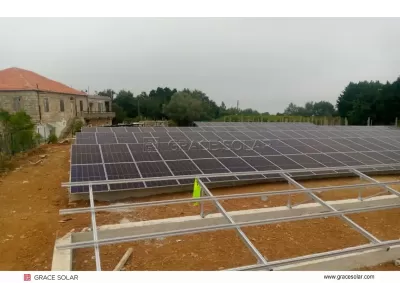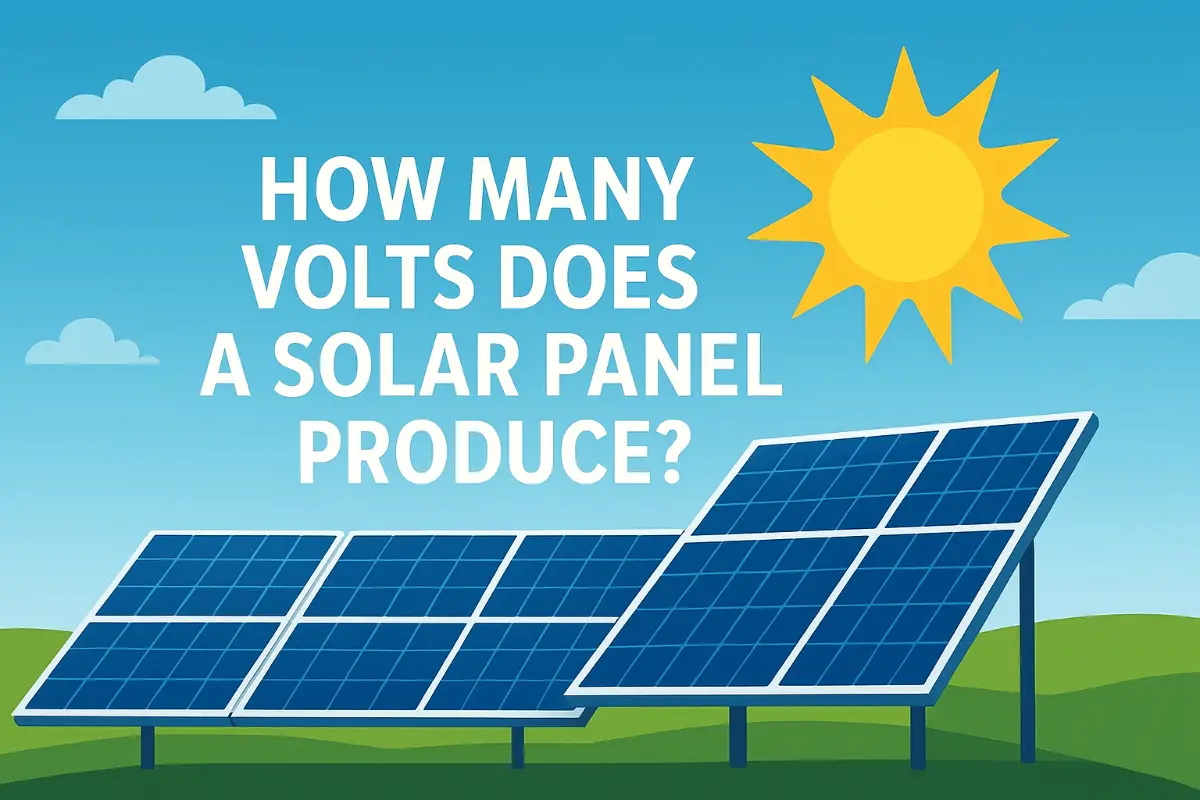
Solar Panel Output Voltage: The Complete 2025 Technical Guide
Quick Answer: Understanding Solar Panel Voltage Ranges
Solar panel output voltage typically ranges from 5-40 volts for individual panels, with system voltages reaching up to 1500V for large-scale installations. The exact voltage depends on panel type, cell count, temperature, and sunlight intensity.
What is Solar Panel Output Voltage?
Solar panel voltage represents the electrical potential difference generated when sunlight interacts with photovoltaic cells. This fundamental parameter determines how effectively your solar system can power devices and charge batteries. Unlike traditional power sources, solar panel voltage fluctuates based on environmental conditions and system design.
Key Types of Solar Panel Voltages
Open Circuit Voltage (VOC)
The maximum voltage measured when no load is connected. Typical values range from 21.7V to 43.2V for standard residential panels. This is crucial for system design as it determines the maximum voltage your components must withstand.
Maximum Power Voltage (VMP)
The voltage at which the panel produces maximum power, typically ranging from 18V to 36V. This is the operating voltage under optimal conditions and is lower than VOC due to internal resistance.
Nominal Voltage
A classification system (12V, 24V, 48V) used for compatibility with batteries and inverters. This simplified categorization helps in system design and component selection.
Solar Panel Voltage by Application Type
Small Off-Grid Systems
12V-24V nominal systems with VOC of 18V-44V. Ideal for RVs, boats, and remote cabins where Grace Solar's compact solutions excel.
Residential Systems
30V-40V per panel, with string voltages up to 1000V. Grace Solar's roof mounting systems ensure optimal voltage performance.
Utility-Scale Systems
1500V systems using high-voltage panels. Grace Solar's tracking systems maximize energy harvest.
Critical Factors Affecting Solar Panel Voltage
Temperature Impact
Voltage decreases as temperature increases - approximately 0.45% per °C rise. This is why Grace Solar's mounting systems incorporate thermal management features.
Sunlight Intensity
While current output varies significantly with light intensity, voltage remains relatively stable until heavy shading occurs. Our GS-Light tracking systems maintain optimal sun exposure.
Panel Configuration
Series connections increase voltage, while parallel connections increase current. With over 48GW of global installed capacity, Grace Solar experts design optimal string configurations.
Grace Solar's Expertise in Voltage Optimization
As a global leader with top 5 market share worldwide and #1 position in the Japanese market, Grace Solar brings unparalleled expertise in solar voltage management. Our sophisticated engineering team has developed advanced mounting solutions that consider all voltage-related factors:
- GS-Light intelligent tracking systems that maintain optimal voltage output
- Thermal-efficient mounting that minimizes voltage loss due to heat
- Wind-tunnel tested structures ensuring consistent performance
- UL, TUV, CE, and JIS certified components guaranteeing voltage safety
Practical Voltage Calculation Examples
| Panel Type | Cell Count | VOC Range | VMP Range | Best Application |
|---|---|---|---|---|
| 60-cell Residential | 60 | 36-40V | 29-33V | Home Roofs |
| 72-cell Commercial | 72 | 42-46V | 35-39V | Business Installations |
| 144-cell High Voltage | 144 | 80-90V | 65-75V | Utility Scale |
Why Voltage Matters in System Design
Proper voltage calculation is critical for system efficiency and safety. Underestimating voltage can lead to underperformance, while overestimation may damage inverters and controllers. This is where Grace Solar's decade of experience becomes invaluable - our systems are designed to operate at optimal voltages across all conditions.
Professional Insight
"Understanding solar panel output voltage is the foundation of any successful solar installation. At Grace Solar, we've optimized over 48GW of installations by mastering voltage characteristics across different environments and panel technologies."
Conclusion: Optimizing Your Solar Investment
Solar panel output voltage is more than just a technical specification - it's the key to maximizing your energy production and return on investment. By understanding VOC, VMP, and nominal voltage, and partnering with experienced providers like Grace Solar, you can ensure your solar system operates at peak efficiency for decades to come.
With our global track record of successful projects in over 100 countries and commitment to innovation through our 2000m² experiment center, Grace Solar continues to drive the solar industry forward while maintaining our core value: "Do it right the first time."


